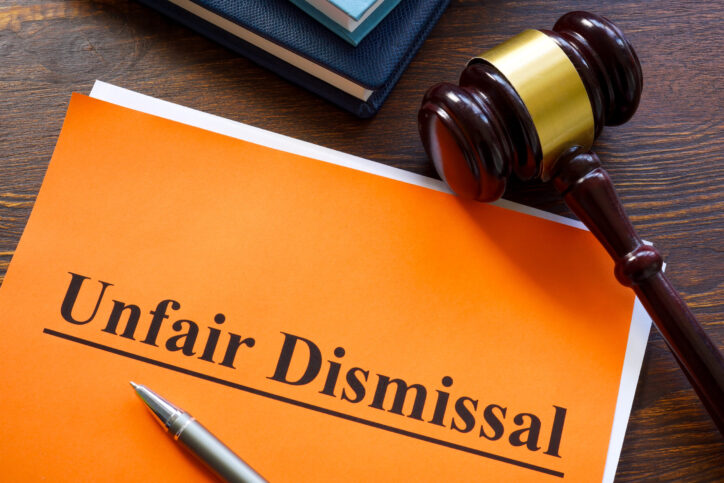When natural disasters strike, employers will be faced with requests from workers to fight bushfires or tend to storm clean ups as emergency services volunteers.
So what are employers’ legal obligations in such a situation and what strategies are available to manage and facilitate leave?
What is community service leave?
Community service leave is derived from Division 8 of the National Employment Standards (the NES) contained in the Fair Work Act 2009 (Cth) (the FW Act). Community service leave allows employees to access unpaid leave where they are engaged in eligible community service activities that require them to be absent from work.
This generally includes jury duty or engagement in voluntary emergency management activities, such as responding to bush fires. Voluntary emergency management activities are defined in the FW Act as:
- activities that involve dealing with an emergency or natural disaster where the employee’s involvement is voluntary; and
- the employee is a member of, or has a member-like association with a recognised emergency management body; and
- either the employee was requested by (or on behalf of) that body to engage in the activity or it would be reasonable to expect that such a request would have been made, circumstances permitting.
Eligible community service activities include the time engaged in the activity, the time reasonably spent travelling in relation to the activity and reasonable time to rest immediately following the activity.
The period of time for the absence is not specified but it must be ‘reasonable’. To determine if a period of time is reasonable, employers should take into consideration the points mentioned above that define voluntary emergency management service activities under the FW Act.
Leave request cannot be denied if employees meet the following requirements:
- they notify their employer as soon as practicable;
- they inform their employer of the expected time period of the absence; and
- they comply with any requests for evidence.
When is community service leave paid?
While community service leave under the NES is unpaid, there is also relevant State legislation that applies which may provide a greater benefit to employees in the form of paid leave. In Western Australia, the Emergency Management Act 2005 (WA) (the EM Act) provides that employees, including casual employees, have certain entitlements if they are temporarily absent from work to carry out an emergency management response activity:
- They are paid remuneration for the period of the employee’s absence, calculated at the employee’s ordinary rate of remuneration for the time they would ordinarily have worked;
- Their service would not to be broken by the leave period;
- Their employment is preserved (i.e. they must not be terminated, demoted, refused promotion or transfer, or otherwise injured in their employment).
The EM Act defines emergency management response as:
- the employee undertaking an activity that involves responding to an emergency; and
- the employee carries out the activity on a voluntary basis; and
- the employee is a member of, or has a member-like association with, an emergency management agency; and
- the employee was requested by or on behalf of the emergency management agency to carry out the activity or if no such request was made, but it would be reasonable to expect that, if the circumstances had permitted the making of such a request, it is likely that such a request would have been made; and
- an employee does not carry out an emergency management response if the activity involves prevention of, preparedness for, or recovery from, an emergency.
Training activities or other activities relating to recovery work, such as cleaning up in the aftermath of an emergency, will not be paid unless the employee wishes to access their paid annual leave entitlement.
Practical tips for employers
Having a good line of communication is the best way to manage employees wishing to access community service leave.
Knowing whether your employees are part of an emergency management organisation will allow you to monitor the situation during or following a natural disaster or event and plan for absences accordingly.
Where natural disasters occur that affects entire communities, employers often find that employees request to take time off to assist those in need.
While it is important to recognise which employees have the right to access community service leave, it may be beneficial for employers to consider other options for employees wanting to volunteer in general.
In times of need, employers could look to create a volunteer roster to facilitate employees who desire to help the community, as well as to meet the operational requirements of the business.
Other ideas could include businesses organising fundraising events or having a day where all employees participate in volunteer activities. These activities serve as positive team-building events and boost morale and camaraderie amongst colleagues.






